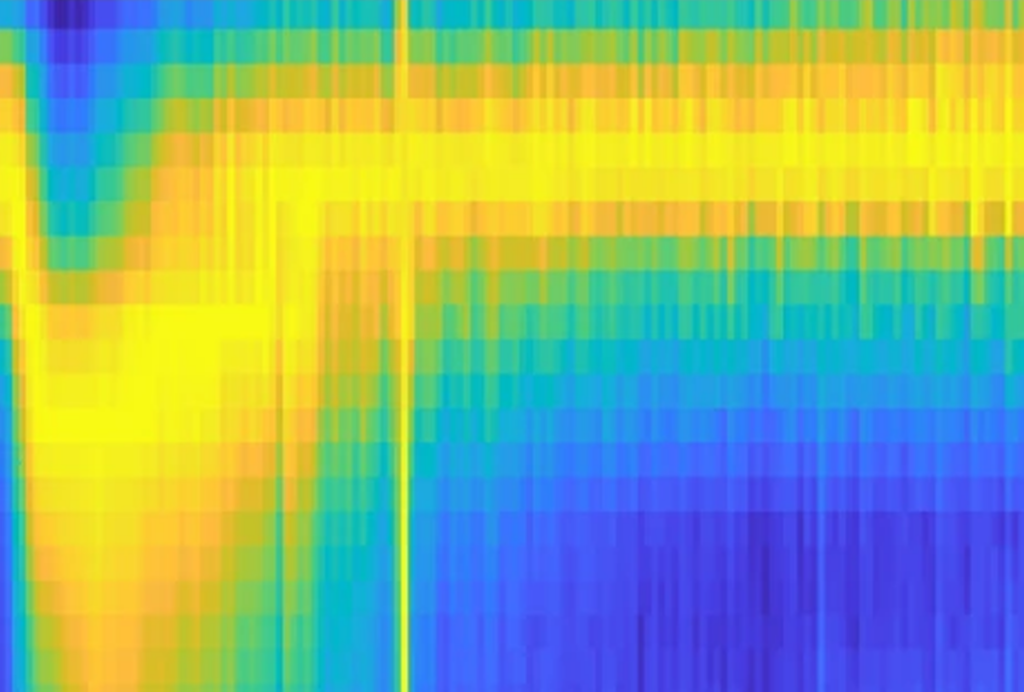Michael Ehlers
Neuroscience Chief Scientific Officer
Pfizer
From this contributor
A cautionary tale for autism drug development
Poorly designed animal drug studies for motor disorders have led to spurious conclusions for the clinical trials that follow. This may be even more true for autism research, says Michael Ehlers.
SHANK mutations converge at neuronal junctions in autism
SHANK3, one of the strongest candidate genes for autism, has the potential to be a molecular entry point into understanding the synaptic, developmental and circuit origins of the disorder.

SHANK mutations converge at neuronal junctions in autism
Drug zone
Rodent and stem cell models remain challenging for developing psychiatric drugs, says Michael Ehlers, chief scientific officer of neuroscience at Pfizer.
Explore more from The Transmitter
Dispute erupts over universal cortical brain-wave claim
The debate highlights opposing views on how the cortex transmits information.

Dispute erupts over universal cortical brain-wave claim
The debate highlights opposing views on how the cortex transmits information.
Waves of calcium activity dictate eye structure in flies
Synchronized signals in non-neuronal retinal cells draw the tiny compartments of a fruit fly’s compound eye into alignment during pupal development.
Waves of calcium activity dictate eye structure in flies
Synchronized signals in non-neuronal retinal cells draw the tiny compartments of a fruit fly’s compound eye into alignment during pupal development.
Among brain changes studied in autism, spotlight shifts to subcortex
The striatum and thalamus are more likely than the cerebral cortex to express autism variants or bear transcriptional changes, two unpublished studies find.

Among brain changes studied in autism, spotlight shifts to subcortex
The striatum and thalamus are more likely than the cerebral cortex to express autism variants or bear transcriptional changes, two unpublished studies find.